Nature That You Meet When You’re Walking Along the Creek
May 1, 2014 | By Shoal Creek Conservancy
This blog post was written by Ted Lee Eubanks. To learn more about the author, please visit this site.
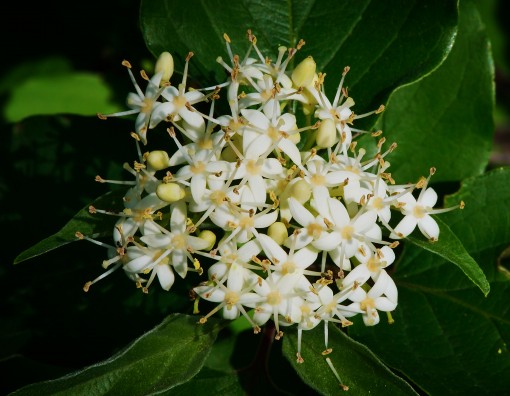
I am bored, not the “is it Friday, yet” boredom, but the gobsmacked, stultifying malaise that comes with being hemmed in without prospects of escaping anytime soon. I traded out knees five weeks ago, and I have been grounded at home since the surgery. I have recovered to the point where I can hobble short distances, but any travel plans have been scuttled as I wait for this titanium joint to settle into a regular routine of bending and swiveling.
Yesterday I broke free, at least outside of the boundaries of my house and yard. I wandered across Parkway to Pease Park, feeling as though I had catapulted the Berlin Wall or, like Steve McQueen in The Great Escape, jumped the barbed wire fence on a motorcycle. Freedom! I shuffled around Custer’s Meadow with no particular place to go and no desire for an itinerary. Humming a tune that brought to mind the nature that you meet when you’re walking along the creek – rather than people on the street – for this journey.
There are only a few plants blooming in my yard at this moment. The hard winter and lingering drought have retarded some of those that I would have expected to have bloomed by now. The last hard freeze knocked back the mountain laurel; no Grapeade blossoms this year. The rough-legged dogwood is in bloom, however, and doesn’t seem to have been impacted by the freezes. This dogwood thrives in the Hill Country, a better dogwood for landscaping here than the flowering dogwood (Cornus florida) of the Pineywoods.
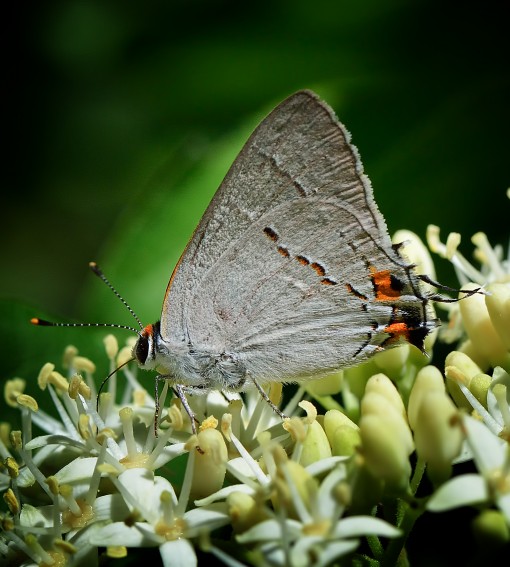
My dogwood is a butterfly magnet, although the butterflies seem to be a bit slow to appear this year as well. A fresh gray hairstreak came to feed on the dogwood flowers yesterday. The flowers of the rough-leafed dogwood are tiny and clumped together in white clusters. The hairstreak gets its name from the thin, hair-like markings on the underwing. Notice the fine, filamentous projections from the hindwing. The gray hairstreak is the most widely dispersed hairstreak in North America, blanketing the lower 48 states and ranging as far south as Venezuela.
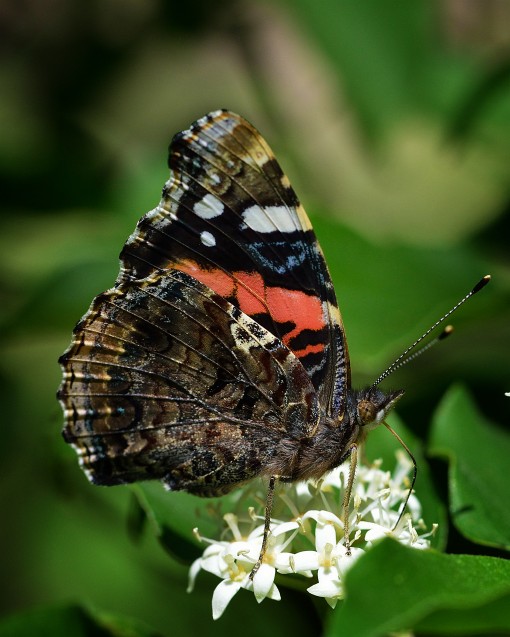
The red admiral is another butterfly that has wandered by the dogwood this week. This butterfly has an amazing range, and is found not only in North America but in Europe and northern Africa as well. The admiral exhibits a dramatic black-and-orange pattern above, but the complex markings on the underwing drew my attention. The red admiral is one of the brush-footed butterflies, and two other brushfoots, the painted lady and the American lady, appear quite similar.
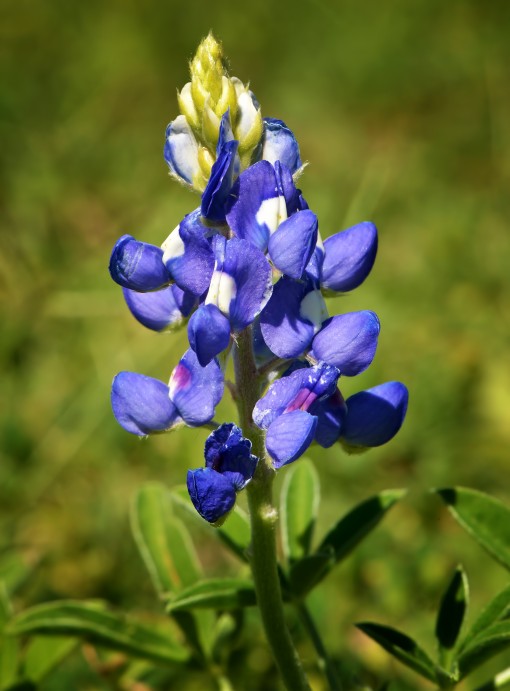
I spent some of my time in Pease Park (or at least in Custer’s Meadow) searching for wildflowers. I missed most of the wildflower season this year, but I hoped to find remnants. This year there are small clusters of bluebonnets in Custer’s Meadow. I never see fields of bluebonnets in the watershed like we find in the blackland prairies east of town. The bluebonnets along Shoal Creek tend to grow individually or in small clumps. The plants themselves are small as well, yet the flowers are a more intense blue. I suspect that the calcareous soils in the watershed are responsible. In fact, the bluebonnet prefers gravely, well-drained soils, and does not fare well in clay.
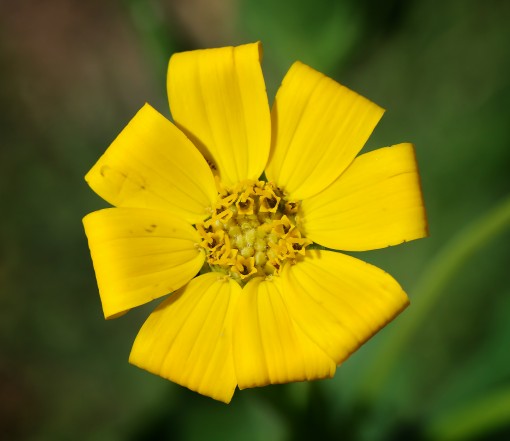
Another wildflower blooming in the park this week is the Engelmann daisy. This plant is also known as the cut-leaf daisy. Ferdinand Lindheimer, the “Father of Texas Botony,” named this flower in honor of his friend and mentor, George Engelmann.
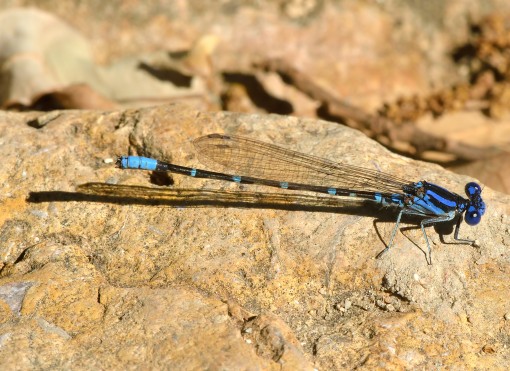
I wandered over to Shoal Creek to see if any of the aquatic species were out and about. In some winters the odonates (dragonflies and damselflies) are around for most of the year. This year’s freezes took care of the emergents. The warm weather over the past couple of weeks has stirred the pot. Before I had even reached the creek I had seen and photographed two species of damselflies. The first, blue-ringed dancer, is a relatively common damsel along the creek. This Argia (the genus of the dancers) is among the smallest that we see here. Notice the intense cobalt blue on the abdomen. In shade, or in cold weather, this color will fade to gray. In this instance, the damselfly is sunning on the limestone and is in peak color.
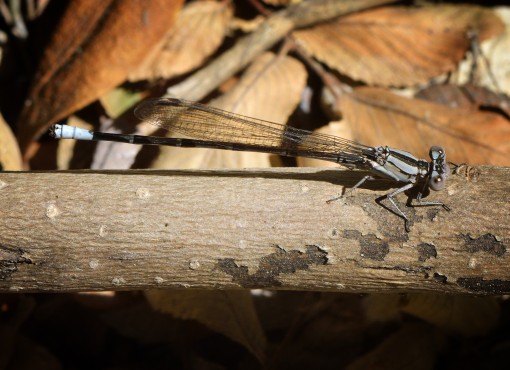
The next damsel threw me for a loop. A young damselfly that has just emerged from the pupa is called a teneral. Tenerals are soft shelled and dull in coloration. I suspect that this damselfly is a young male Argia, most likely a springwater dancer (Argia plana). Damselflies can often be identified by the pattern of coloration on the abdomen. In this case, I can just make out the pattern that seems to match that of the springwater dancer. This dancer is among the most common damselflies on the creek, so a likely (and safe) choice.
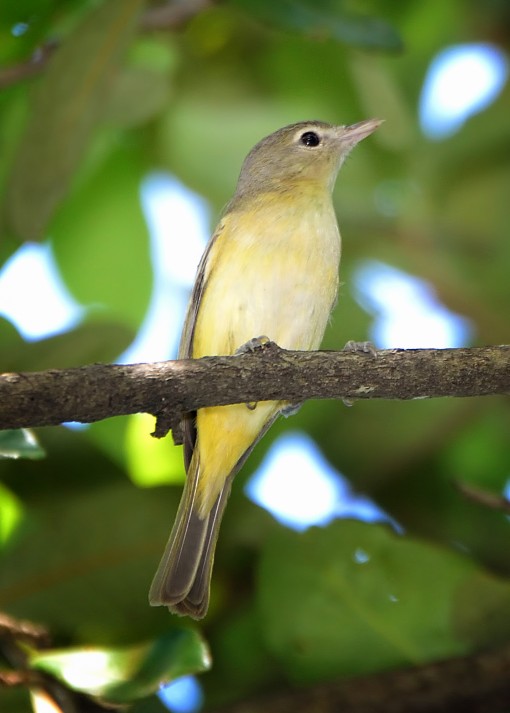
I wandered the park for about an hour. As I stumbled back across Parkway, and began the arduous one-legged climb to the top of the hill, I heard a familiar yet unexpected bird song. Bell’s vireo is a bird of the Great Plains, with a smaller, distinct population in the southwest. I have heard and seen this vireo 3 or 4 times in my yard in the past 20 years. I grabbed my telephoto, pished (the sound) a few times to call the bird in closer, and before long I had the bird (or, at least, the images) in the bag. The Bell’s vireo has stayed in the yard for the past few days, waiting, I suspect, for a wind shift to the south before continuing north.
I like the idea of migration. My knee will heal in good time, and I will migrate again too. Yet if one needs a few weeks to heal, I can’t imagine many places more recuperative than Shoal Creek. We enjoy the best of both worlds. We live and work in one of the nation’s most vibrant cities, yet we are able to slip away to our creek to be restored and refreshed. We will continue enjoy these two worlds as long as we protect the safety and sanctity of Shoal Creek. We can do this, together.
